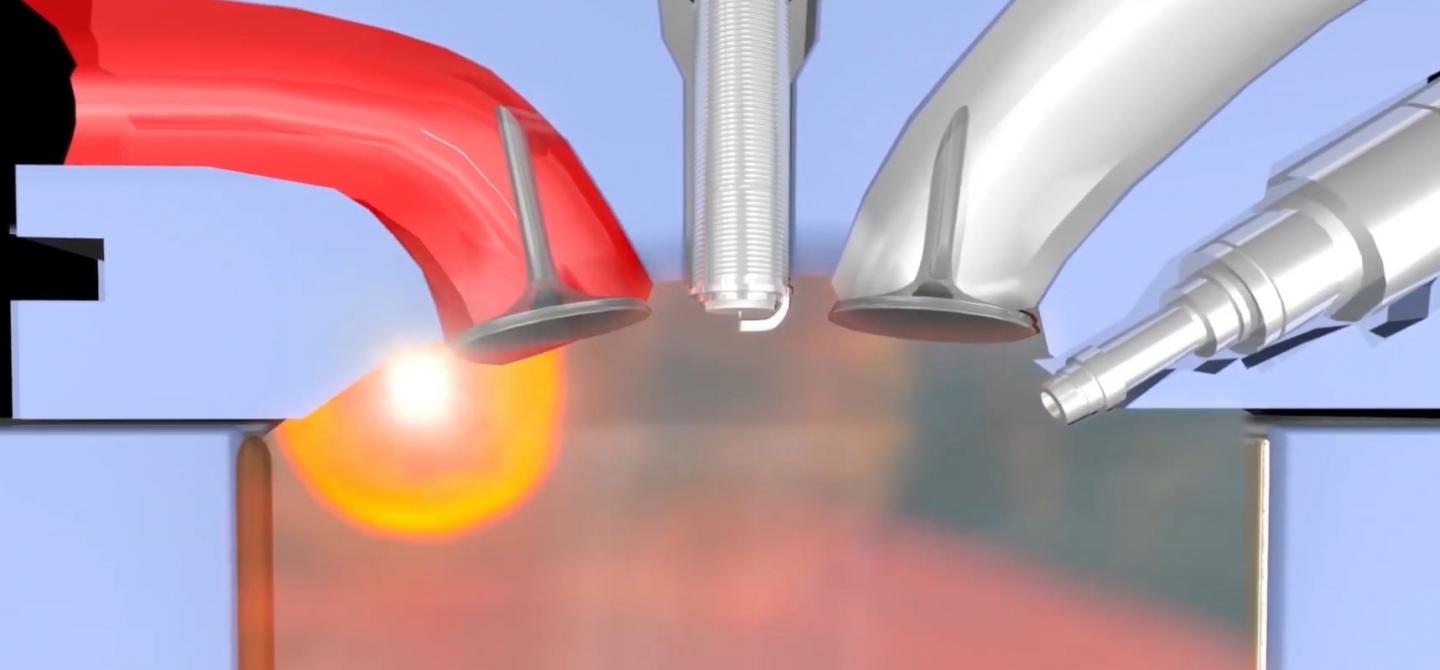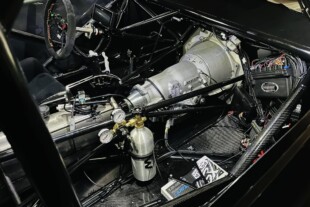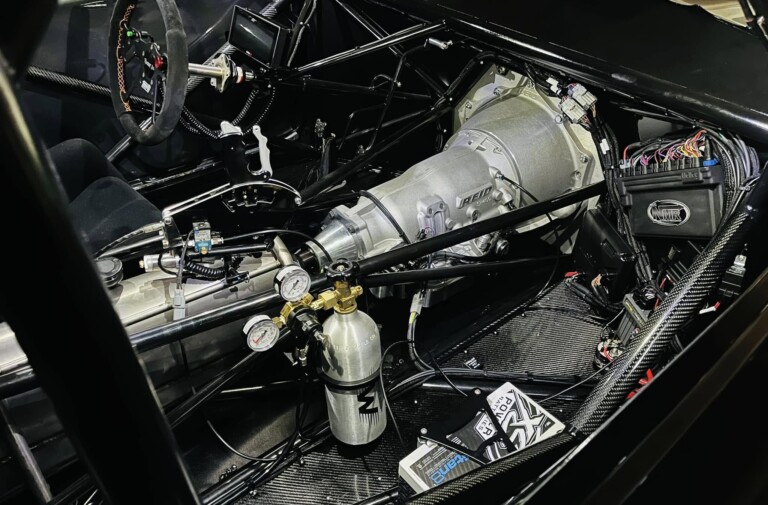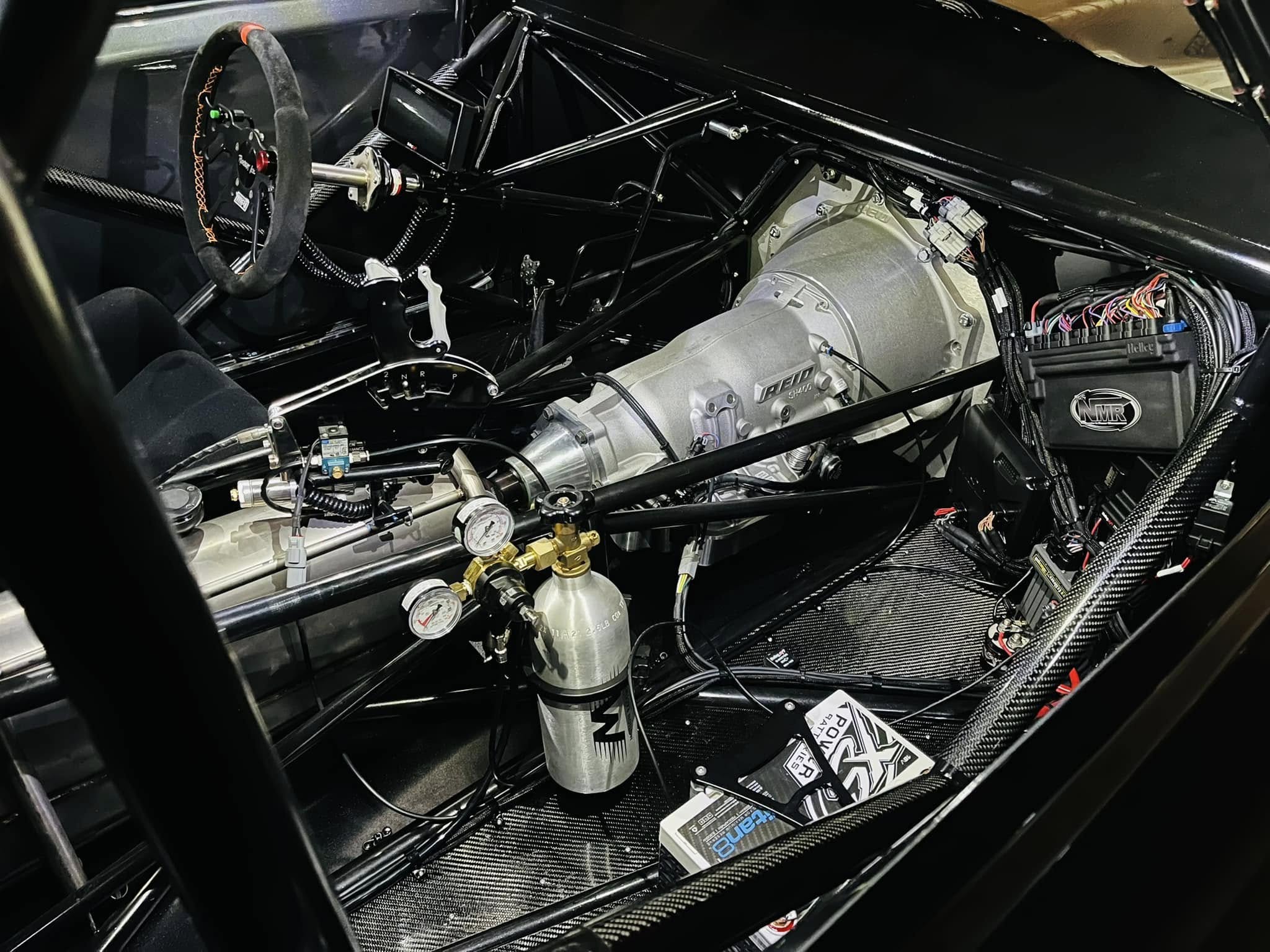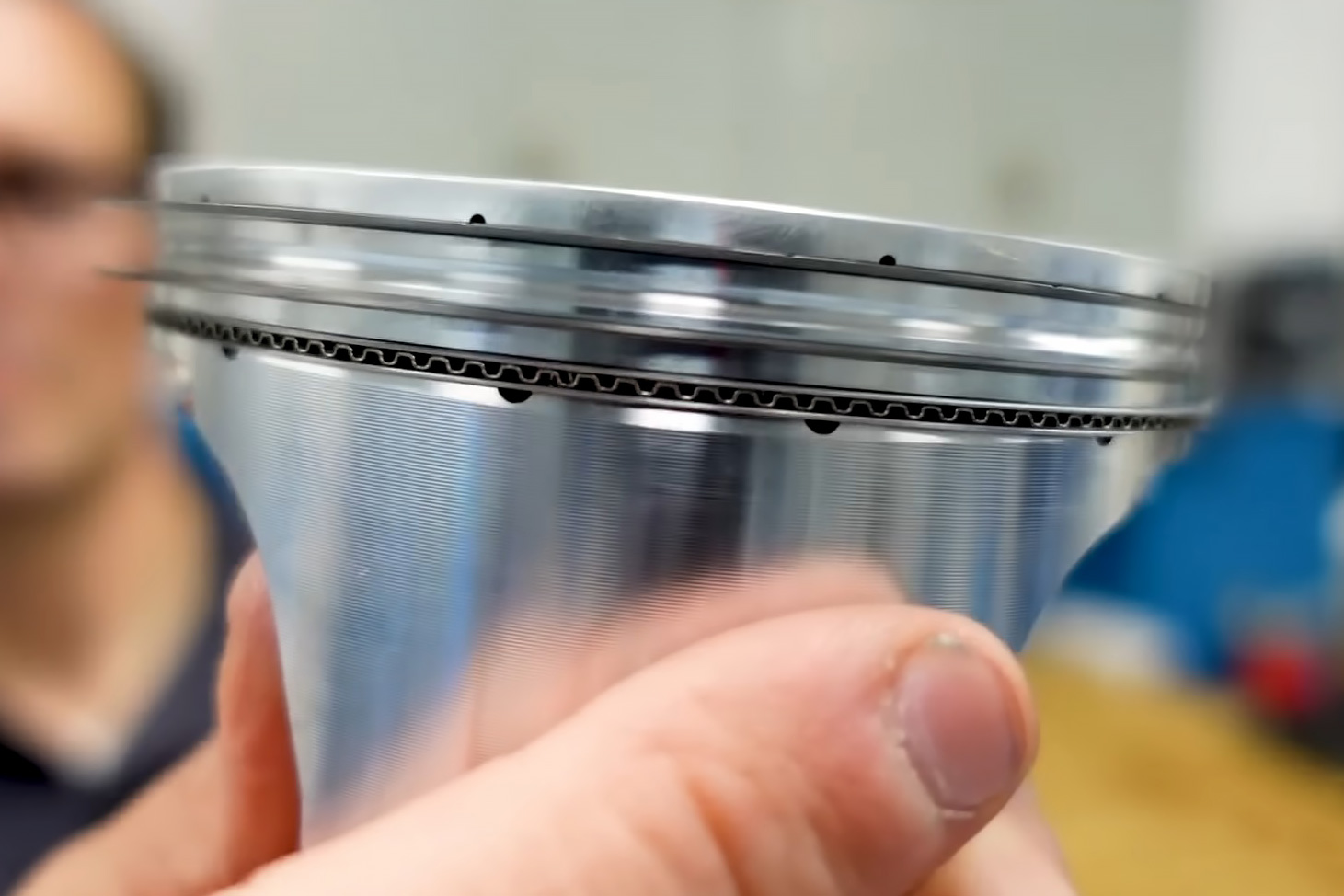We’ve covered the detriment of low-speed pre-ignition (LSPI) in the past, along with several articles on how oil can play a huge part in solving that problem both here and here. We’ve also covered the development of some of the new oil standards discussed in the video.
However, that is a lot of really technical information, and we realize that not everyone wants to discuss the problem at a theoretical level, and just want a simple breakdown of the issues and the solutions. Enter Amsoil with its recent video on low-speed pre-ignition.
The quick, two and a half minute video provides a lot of practical information in a very short amount of time, covering the factors which cause LSPI, how they’ve addressed the issue, and how to make sure you’re putting the right oil into your engine to fight it.
Broken down simply, as engines shift to turbocharging, direct-injection, and variable valve timing, to both increase power and economy, a unique set of stresses are placed on the engine oil. That led to the new oil standards — ILSAC’s GF-6 and API’s SP, both of which we discuss in detail in the linked article above.
Simply put, the GF-6A specification covers the “traditional” multi-grade 20- and 30-weight oils (0W-20, 5W-20, 5W-30, 10W-30), and is backward-compatible with vehicles that originally called for a previous specification of oil, while still being formulated to provide LSPI protection properties. GF-6B is a new specification for engines specifically designed for 0W-16 oils. A and B are not interchangeable.
The simple fact is, if you are running an engine that is susceptible to low-speed pre-ignition (pretty much every newer turbocharged Gasoline Direct-Injected engine), you need to make sure you are running an oil with some form of LSPI protection.
The easiest way is to look for the GF-6A or API SP seal on your oil, not to mention sticking with a quality oil manufacturer. While your 1994 Honda Civic DX can probably live on generic oil from the local Qwik-E-Mart, these newer engines require something a little more advanced.
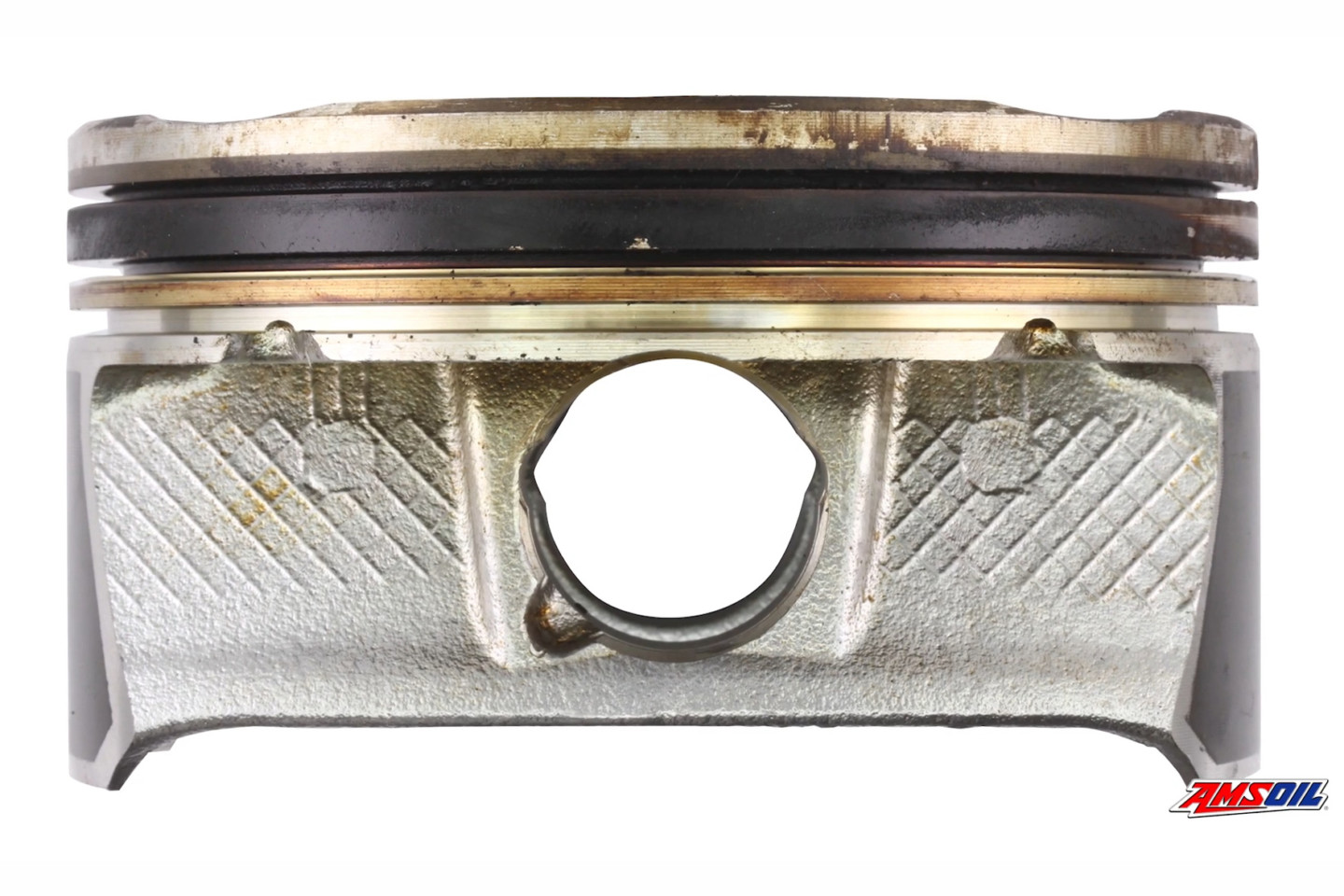
Even running twice as long a test as the industry standard, the carbon deposits on the pistons measured 40-percent less than the standard allows for. When it comes to turbocharged GDI engines, the small price premium for a top-tier oil is cheap insurance to preserve your engine.


